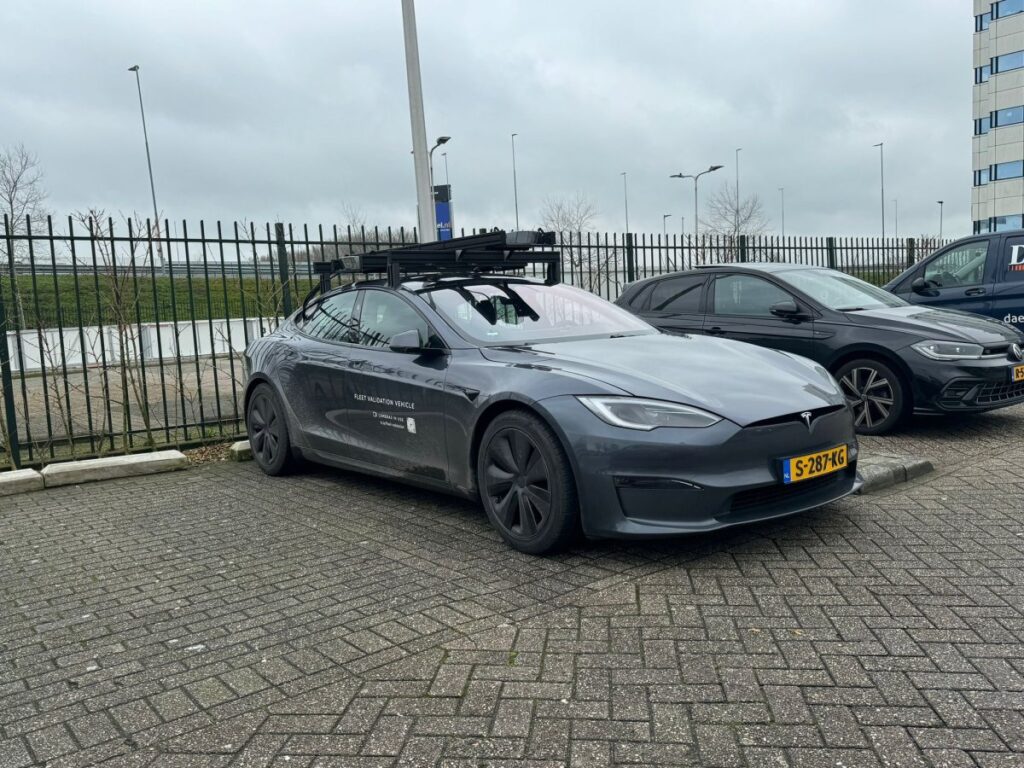Recently, Tesla made headlines with its acquisition of $2 million worth of LiDAR sensors from Luminar, a trusted supplier. Images of Tesla vehicles, including the Model 3 and Model Y, equipped with LiDAR equipment on their rooftops have been circulating online. These vehicles, with manufacturer plates, are seen scanning streets and highways.
There is some confusion surrounding Tesla’s utilization of LiDAR technology, with many questioning its purpose in relation to Full Self-Driving (FSD) versus testing. Let’s delve into what LiDAR is and why Tesla incorporates it into its Fleet Validation Vehicles.
Understanding LiDAR
LiDAR, short for Light Detecting and Ranging, involves using lasers to measure distances. By sending out a laser pulse and measuring the time it takes to return, LiDAR delivers highly precise distance measurements.
While companies like Waymo and BYD rely on LiDAR as part of their self-driving technology, Tesla stands out as one of the few not to incorporate it. Even Rimac’s “Verne” Robotaxi, powered by Mobileye’s self-driving tech, utilizes LiDAR.
Although LiDAR can generate detailed 3D environments, it comes with drawbacks such as cost, bulky equipment requirements, weather sensitivity, and potential interference from strong light sources.
Tesla’s Approach to LiDAR
During Autonomy Day in 2019, Elon Musk expressed that LiDAR is not the answer for autonomous driving—it’s merely a crutch. As a result, Tesla has not integrated LiDAR into its production self-driving software.
Instead, Tesla employs LiDAR for data collection purposes. The gathered data feeds into Tesla’s Full Self-Driving system to validate the accuracy of its vision-only system. LiDAR’s precise measurements aid in ensuring FSD’s perception of space is correct, serving as a validation tool for Tesla’s AI technology powering FSD.
Tesla’s vision-only system has demonstrated remarkable accuracy, with Vision-only Autopark excelling in parking in tighter spaces at a faster pace than previous versions relying on ultrasonic sensors.
It is likely that Tesla will continue to invest in LiDAR systems for validation purposes in the foreseeable future.

